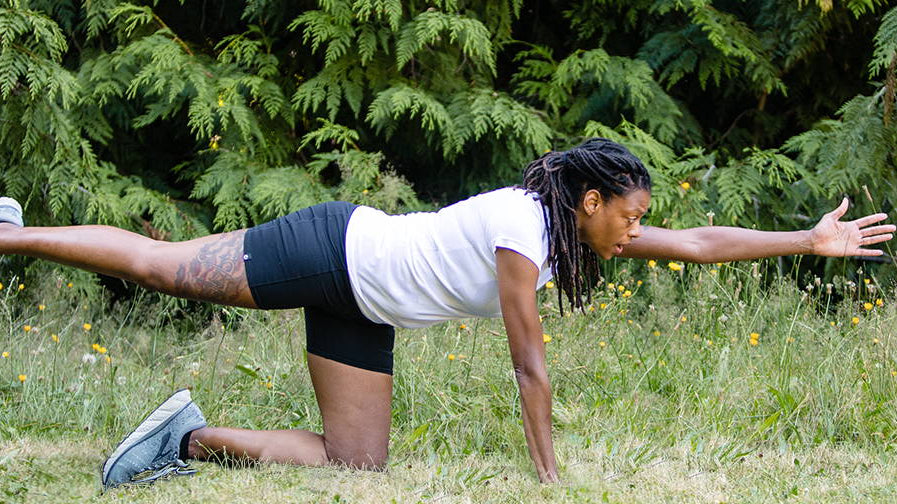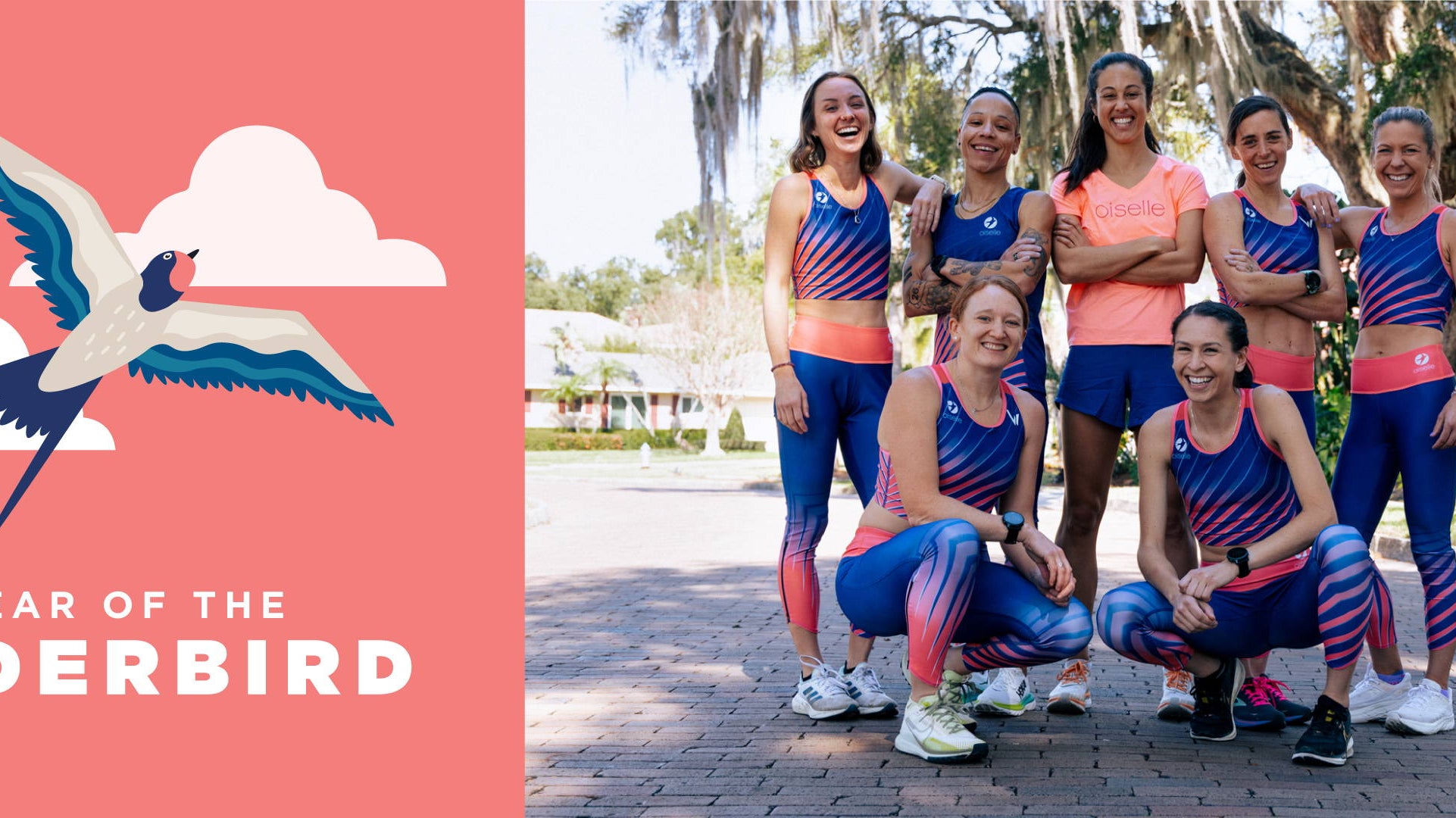Landmarks that denote the district include the Chinatown Gate, Hing Hay Park, the Wing Luke Museum of the Asian Pacific Experience, and the Danny Woo Community Garden. Maybe not a formal landmark, but the Uwajimaya Asian Supermarket also stands on the south end of the district and is my personal must-visit for all the Asian snacks and goodies you can think of. If I haven’t already made it clear, food is quintessential to celebrating our culture, and one of my favorite ways to share my culture with others. Some of my personal recommendations are Seattle Best Tea for boba, Boiling Point for hot pot, Blackball for shaved ice desserts, 85C for buns and pastries, Kau Kau for the barbeque pork, Harbor City or Joyale Seafood Restaurant for dim sum…I’m going to stop there, but I could go on for hours.
This past year has seen an exponential rise in hate crimes committed against Asians and Asian Americans, spurred by the idea that China is responsible for the COVID-19 pandemic. What cuts even deeper is that many of these attacks have been towards Asian elders, who are already experiencing the brunt of vulnerability to the virus. Furthermore, these attacks have taken place in areas with focused Asian and Asian American populations, such as places like Chinatown and our very own International District. Just a couple months ago, a woman and her husband were walking in Chinatown when they were violently assaulted. Thinking on these attacks makes me feel many things – enraged, exhausted, and generally hopeless. How dare they attack us in a space that’s supposed to be ours? In a space where we are supposed to be free to be our authentic selves, speak our mother tongues, and delight in the buns and noodles galore? It’s been truly heartbreaking to see the fear this has instilled in the Asian and Asian American community, the financial impact that Asian-owned businesses have experienced, and the by-and-large ignorance of media outlets to anti-Asian sentiments that took a mass shooting to change.











Comments
this is awesome! thank you Oiselle for always elevating AAPI voices.